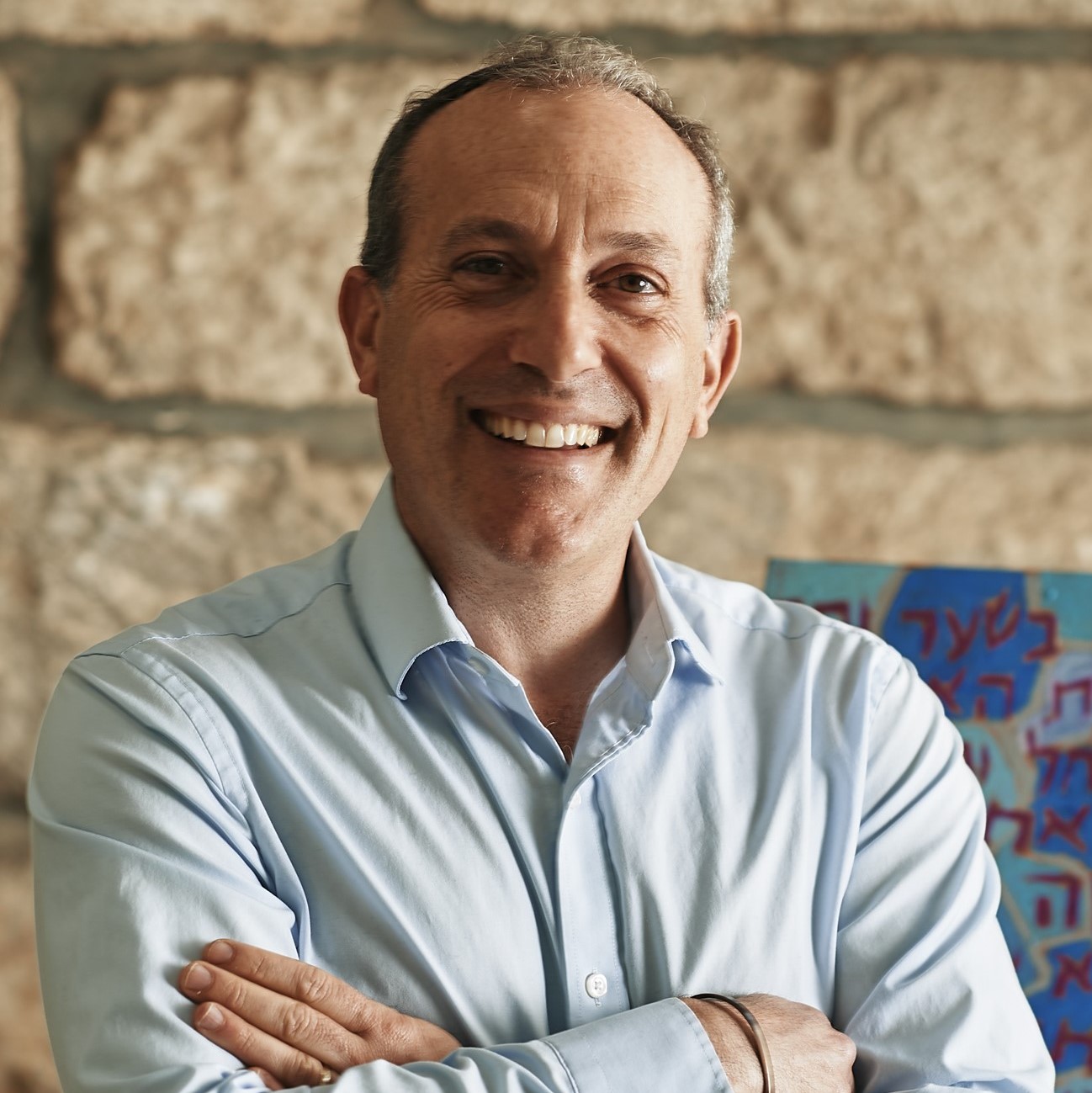The Fire Within

Parashat Tzav discusses the role of the priests in the Temple, and emphasizes the vigilance with which they were to offer sacrifices. As the parashah opens, Aaron and his sons are commanded to tend to the ritual of the burnt offering. “A perpetual fire will be kept burning on the altar, not to go out” (Lev. 6:6). On one level, those responsible kept the flames of the altar continually burning by adding wood every day, stoking the fire and keeping watch. The constant attention and dedication necessary for this daily task are impressive in themselves. But, what did this aish tamid (perpetual flame), symbolize? And how does this seemingly distant commandment inform our lives today as modern Jews?
In his commentary on the Torah entitled Ad Tumam (To the Very End), Professor Ze’ev Falk discusses the symbolism of this perpetual fire commanded by God. “The fire continually burning,” Falk writes, “expresses the presence of God’s Indwelling.” For it is not enough for the Israelites to offer sacrifices whose aim it is to bring them closer to God’s Presence. A visual symbol of God’s Presence must stand in their midst at all times. That symbol is the perpetual fire. Further, fire has both divine and human qualities: on the one hand, its mysteriousness and unpredictability make it very much representative of the divine; on the other hand, its fragility and ephemerality speak to humanness. It is truly a gift of God, maintained and strengthened by the hands of human beings. Torah, too, is a gift of God that requires human care to be perpetuated. “In the life of the individual Jew,” Falk writes, “the Torah expresses perpetuity: for in the Psalms it is written, ‘I will guard your Torah always’ (Psalms 119:44) and in Proverbs, ‘Guard the commandments of your fathers and do not abandon the Torah of your mothers; tie them to your heart always’ (Proverbs 6:21)” (Falk, 247). Passion for the teachings of the Torah ties us into an ancient history, a meaningful present, and a hopeful future.
Accordingly, the true challenge for each of us is to ignite our spiritual consciousness and hold that vision clearly before us. Abraham Joshua Heschel presents two compelling models of a “fire continually burning”: first is the Baal Shem Tov, who felt that “a Jew should serve God with ardor” and it is “necessary, vital, to have fire in the soul.” But Menahem Mendl of Kotzk felt that the flame should “be steady and burn at full force, though deeply concealed” (Heschel, A Passion for Truth, 48–50). The Baal Shem Tov desired a flaming personality that could radiate the light and love of Torah and God from the inside out; moments of spiritual ecstasy keep the flame continually burning. For the Kotzker rebbe, it is steadiness and directedness that keeps an internal, concealed flame driving the individual. May each of us choose and aspire to our own vision of spirituality, tending to an eternal flame within each of our souls.
The publication and distribution of A Taste of Torah are made possible by a generous grant from Sam and Marilee Susi.



